
Whether you’re still in school or a seasoned veteran, torque can be a confusing subject to get your head around. In this blog, we will discuss the fundamental basics of what torque is, how to calculate it, and go in depth into some of the key terms in the torque industry and what these mean.
"Give me a lever long enough and a fulcrum on which to place it, and I shall move the world." - Archimedes
Put simply, torque can be defined as a twisting or turning force which causes a rotation around an axis. It's a measure of the force that causes angular acceleration. Torque is a vector quantity, meaning that is has both magnitude and a direction.
An everyday example of when torque can be seen is when you open a glass jar. By twisting on the lid, you are causing a rotation of the lid around the jar. In this scenario, the axis is the centre of the jar's lid. The same principle applied to a bottle cap too. We'll get back to this example in a minute, but first, we need to look at the equation for torque to understand how we can calculate it.
ͳ = r F sinθ
Where...
ͳ = Torque
r = Radius (Length of Lever)
F = Force
θ = Angle Between Force and the Lever Arm
From this equation, you can tell that you can increase torque in two ways. You can either:
1) Increase the amount of force being applied to the lever.
Or
2) Increase the length of the lever in order to increase the radius at which the force is being applied.
The opposite is true if you are looking to decrease the amount of torque.
So let's go back to our jar example. Let's say you have two jars which are identical in every way apart from the radius of the jars. The torque you would need to apply to loosen the lid off of each jar would be the same. We can tell from the equation for torque above that you would need to apply less force to the larger radius jar in order to apply the same amount of torque as you would on the smaller jar, so the larger radius jar will be easier to open.
Torque can either be static or dynamic.
When you open the jar in the example used above, you are applying dynamic torque. This is because dynamic torque is torque that produces angular acceleration, and the jar lid rotating around the thread is an example of this.
But let's say you're finding it tricky to open the jar and try as you might, you can't open it to get to the contents inside. You're still applying a force at a radius from the axis as you are in the example above, so you're still applying an amount of torque. Yet you don't get the angular acceleration as before. This is an example of static torque. Static torque can simply be defined as torque which doesn't produce angular acceleration. Another example of static torque is a cyclist pedalling their bicycle at a constant velocity on a flat road, as there is no acceleration or deceleration involved in maintaining their speed.

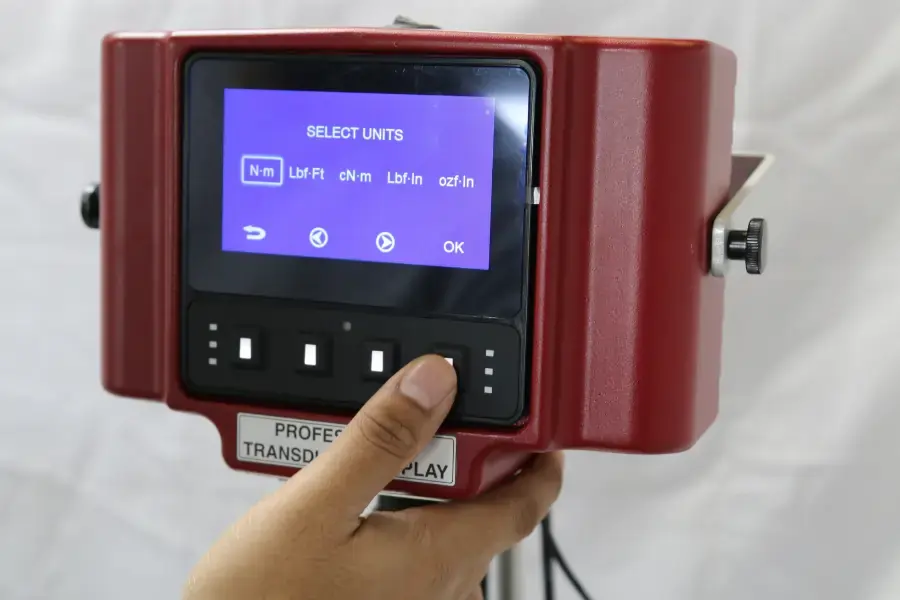
As torque is calculated by using both Force (N) and Radius (m), the SI unit for torque is the Newton-Meter, shown as N·m. Other units that are commonly used to show torque include Pound Force Foot (Lbf⋅Ft), Pound Force Inch (Lbf·In) and Centinewton Meter (cN·m). You can see how these units differ to each other and other units that we haven’t mentioned by using our Torque Conversion Calculator.
Applied torque can be measured using either a torque transducer, torque tester, torque calibration machine or load cell at the end of a lever.
A torque transducer, also known as a torque sensor, is the most commonly used device when it comes to measuring torque values. Torque transducers come in a variety of designs, ranges and types, such as In-Line, Annular and Rotary transducers. We have discussed the difference between these designs and their typical uses in a recent blog about torque transducers. These transducers can be interrogated by a torque display such as the Professional Transducer Display to show the torque reading.

A torque tester is a complete package of an inbuilt torque transducer and torque display. These torque testers are used for the quick testing and verification of torque tools such as torque wrenches and torque screwdrivers before a work shift to ensure the tools are applying the correct amount of torque. AWS produce 2 different models of torque testers, the AWS Professional Torque Tool Tester, and the Professional Calibration Torque Unit, both built with portability and accuracy in mind.
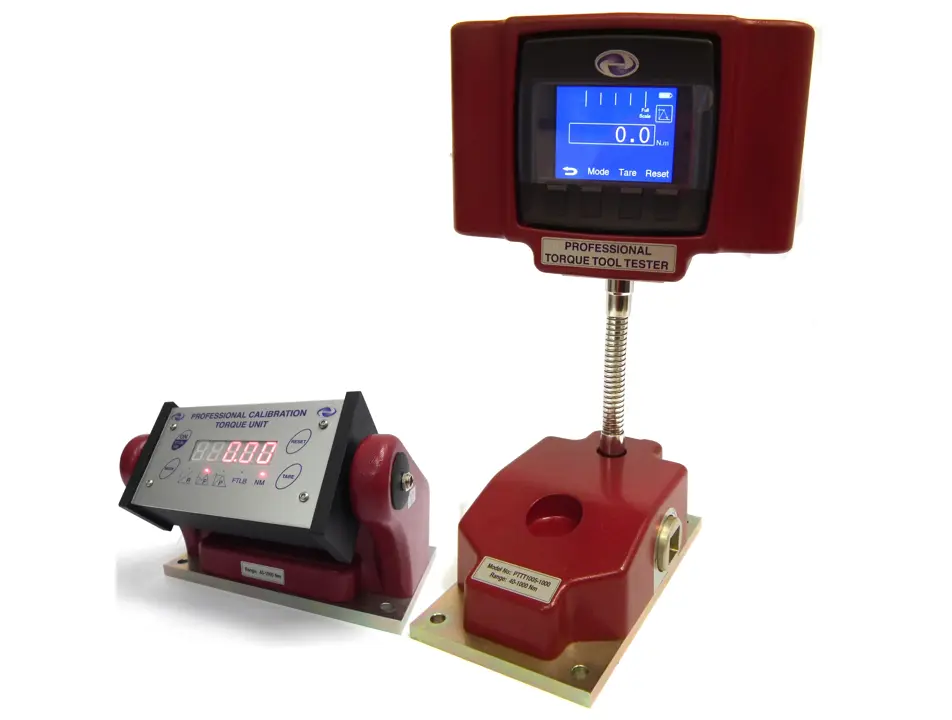
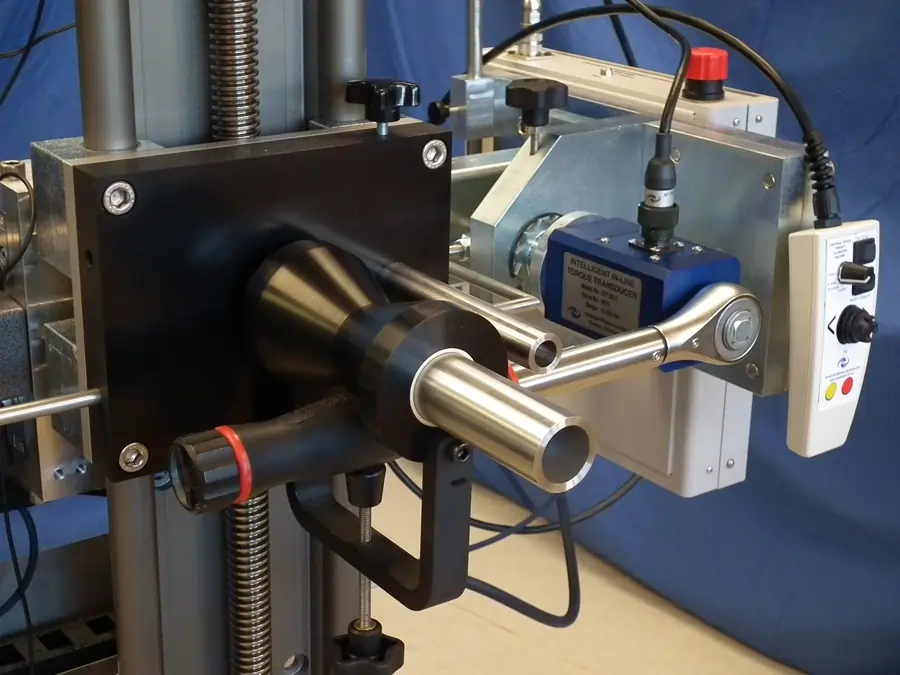
The process of calibrating a torque tool or torque measuring device ensures that the tool/device is providing you with reliable and accurate readings to a predetermined international standard such as BS EN ISO 6789:2017, or your own in-house standards. We will discuss different types of international torque standards, and go into detail in the main UK torque standards in a moment (no pun intended!).
As torque tools are often relied upon in the manufacturing and maintenance processes in a variety of industries, torque tool calibrations play a key role in maintaining product quality and customer safety.
ISO 6789:2017 is the latest edition of the ISO 6789 standard for the calibration of manual torque tools. The 2017 version of the standard is divided into 2 parts:
Part 1 (BS EN ISO 6789-1:2017): Requirements and methods for design conformance testing and quality conformance testing.
Part 1 is much like the superseded edition of the standard ISO 6789:2003, which we will discuss shortly. This section is for the performance and conformity of the torque tool being tested, and on the whole has not changed much from ISO 6789:2003, apart from more detailed clarification in certain areas of the standard.
Part 2 (BS EN ISO 6789-2:2017): Requirements for calibration and determination of measurement uncertainty.
Part 2 concerns the calibration of the torque tool, and the requirements of the testing equipment used during the calibration. On top of this, ISO 6789:2017 Part 2 introduces additional testing operations to determine the uncertainties of the calibration. These are split into 7 sets of uncertainty readings:
We have created a white paper which gives a key summary of these standards and details the main differences between ISO 6789:2017, and the older ISO 6789:2003 standard which we will discuss now.
ISO 6789:2003 is the earlier version of the ISO 6789 torque standard, and was used for both conformity and calibration prior to the introduction of ISO 6789:2017. The basic standard did not contain any uncertainty calculations, instead only checking that the tools were within a tolerance specified by the standard for the torque range. For context on the simplicity of this standard, the ISO 6789:2003 standard requires only 35 testing operations during a torque tool’s calibration, compared to the 153 needed to complete a full calibration of the latest ISO 6789:2017 standard.
ASME B107.14 is a part of ASME B107.300, the American Society of Mechanical Engineers standard for the calibration of torque tools, and concerns the calibration of manually operated torque tools to ensure they meet safety and performance requirements. Much like ISO 6789:2003 detailed above, the ASME B107.14 - 2021 standard does not contain any uncertainty calculations. The standard only requires the user to load the torque tool a number of times at each torque reading level pre-determined by the standard depending on the type and class of the torque tool.
BS 7882:2017 is the latest edition of the BS 7882 standard for the calibration and classification of torque measuring devices. This is the globally accepted British standard, focussing specifically on the methodology for calibration, calculation of the uncertainty of measurement, and determination of the overall classification for the torque measuring device under test. This is an alternative solution to that prescribed briefly in Annex C of ISO 6789:2017. The unique feature of the standard is the comparison of the individual calculated uncertainties for Repeatability, Reproducibility, Error of Interpolation, Error of Indication, Relative Residual Deflection, and Reversibility, which are assigned a classification at each torque measurement point from a lookup table. The calibration laboratory can then take the worst case classification, and state this in the calibration certificate, giving an easy way for end users to compare the results of re-calibrations over time.
DIN 51309 is a German based standard for the calibration of torque measuring devices for static calibration of testing machines. The results for the calibration is calculated by working out the average torque reading over all mounting positions at each torque value (after correcting for the zero point), whilst considering the uncertainties of repeatability, reproducibility, zero signal, reversibility, interpolation, indication and short term creep.
When it comes to torque tools, the BS EN ISO 6789:2017 torque standard recommends that torque tools should be calibrated every 12 months or every 5,000 operations of the tool, whichever comes earlier. However this does not mean that these time frames are the only reasons to get your torque tools recalibrated. For example, if at any point the tool is dropped or subjected to a significant shock load then it should be recalibrated as these impacts can cause torque tools to fall out of calibration. Other reasons to get your torque tools recalibrated before originally planned include if the tool is overloaded by a user, or if the tool is used in certain weather conditions such as abnormally hot, cold, rainy or humid climates.
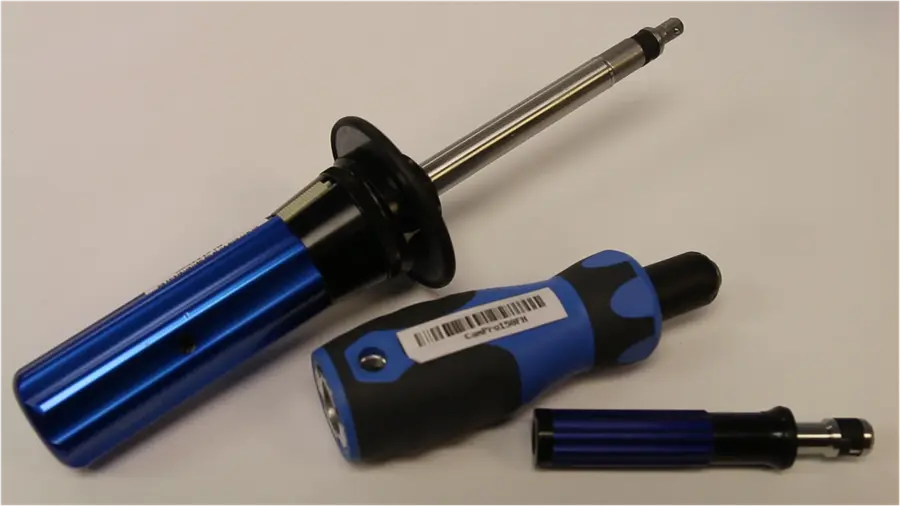
Overall the frequency of getting your torque tools recalibrated should depend on how you would be impacted should your tools be providing inaccurate torque readings. For example, in the automotive industry, inaccurate torque readings would increase the chance of wheel nut failures, putting the company’s customers in significant danger and increasing the risk of recalls. We have discussed in depth the important role torque calibrations play in the automotive industry here.
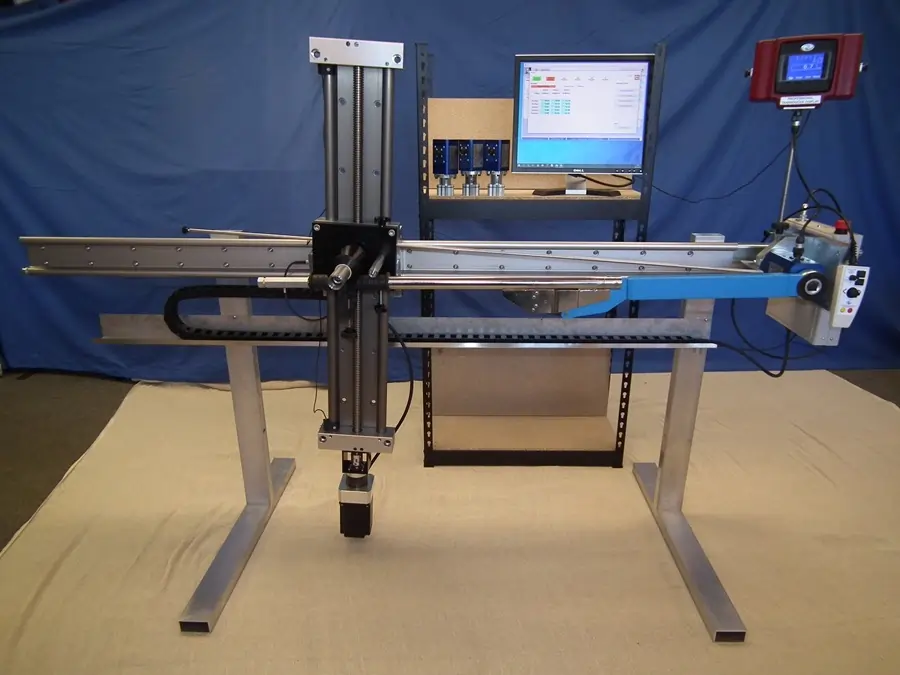
Advanced Witness Systems Ltd produces a range of innovate torque calibration equipment for torque wrenches and torque screwdrivers that complies with international standards such as ISO 6789:2017 as well as your own in-house standards. These machines also run automatically, allowing for fast calibration times requiring minimal operator input. Alternatively, the AWS range of torque testers are ideal for verifying torque readings before a work shift to ensure the torque tools are providing you with accurate torque values.
Like torque tools, torque measuring devices such as torque transducers and torque testers will need calibrating regularly. International standard BS 7882:2017 for torque measuring devices states that these recalibrations should take place at least every 2 years to ensure the device is reading your torque values accurately and reliably. Like stated above for torque tools, calibration of a torque measuring device should be brought forward if the device is overloaded, or has been subjected to a drop or significant impact.

By not calibrating your torque measuring device at the regular intervals stated above, you can’t be sure how accurate all the torque tools you test and verify on this device are. For this reason, if your torque measuring device is out of calibration, so are your torque tools that are calibrated with this device.
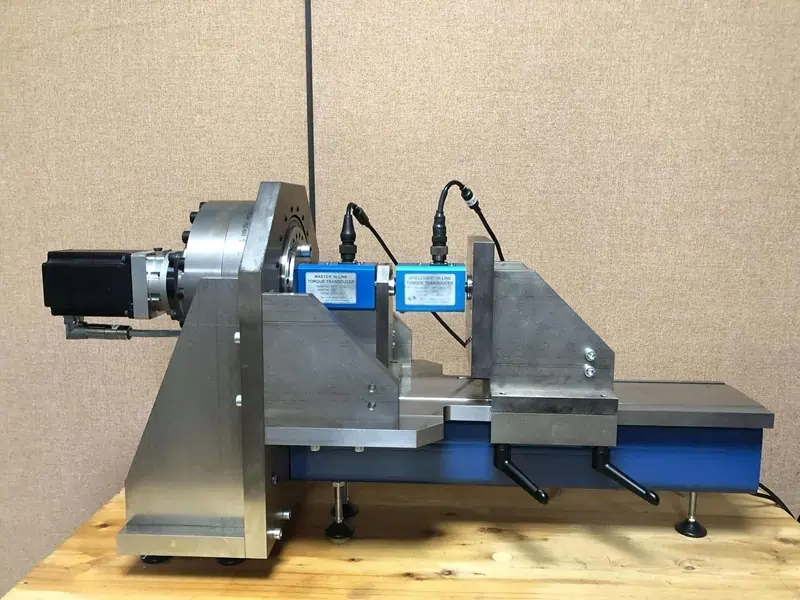
In order to calibrate your torque measuring devices such as torque transducers and torque testers, Advanced Witness Systems Ltd produce the Universal Torque Calibration Machine, a compact, efficient and automated way to calibrate devices to BS EN 7882:2017, BS EN 7996:2018 or international standards without the need for beams and weights, greatly reducing calibration times and operator fatigue.
Torque and horsepower are often both mentioned when discussing a vehicle’s engine performance, and whilst they are both related to each other, they both affect the output of the engine in different ways.
Horsepower is used to show the overall capability of the engine, and along with the revolutions per minute (RPM) of the engine, torque is a factor in calculating horsepower. You can see the equation for horsepower below to show the relationship between torque and horsepower.
Horsepower = (Torque x RPM) ÷ 5252
From this equation, you can tell that an engine with more torque will be able to produce more horsepower at a given RPM.
So what actually is engine torque and how does this differ to horsepower? The torque an engine produces refers to the amount of twisting force an engine can provide to the crankshaft, whilst the horsepower figure refers to how quickly this torque can be delivered by the engine. What this means is that when your car has more torque at its disposal, you’ll find it is much better at towing trailers or carrying heavy loads, as these situations would require the extra force that a high torque engine can provide. This is why lorries and other heavy vehicles such as SUVs typically utilise high torque engines such as diesel engines as these have higher torque values than their petrol alternatives. It’s for this reason that high torque engines are also better at tackling steep inclines and off-road conditions than the lower torque alternatives.


But how is torque applied in electric motors? Electric vehicles are able to deliver peak torque as soon as the throttle is pressed, not having to work their way up the rev counter to achieve maximum torque like in their petrol and diesel counterparts. This allows for fast and smooth acceleration up to the top speed that the vehicle is capable of. You can see the torque output of an electric motor graphed alongside the power being produced during acceleration on the chart to the left.
Torque also plays a key role in keeping your wheels firmly attached to your vehicle at all times, and as such the torque values your wheel nuts are tightened to should strictly be what is stated by the vehicle manufacturer. Torque calibrations are necessary to ensure the fasteners are being tightened to the correct torque values. We have discussed this topic in detail, and the consequences of not getting your torque tools calibrated in a recent blog. Read through our blog here.
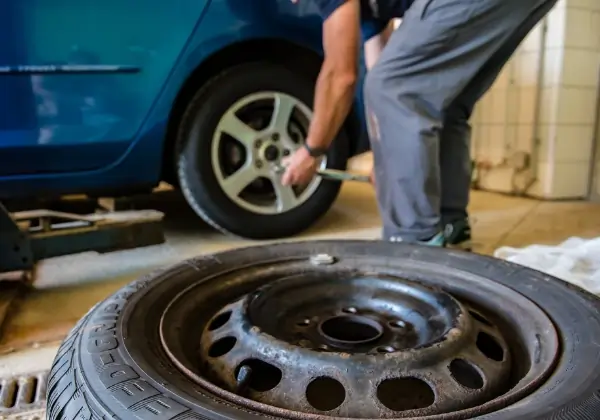
We hope you found this blog useful and you learnt something new! Should you still have a question on torque, our team of experts with 50+ years of experience in the torque industry are on hand to help! Simply send us an email to sales@awstorque.co.uk, or give us a call on 01295 266939.